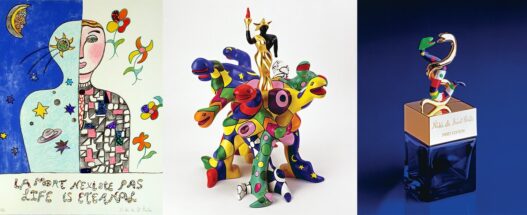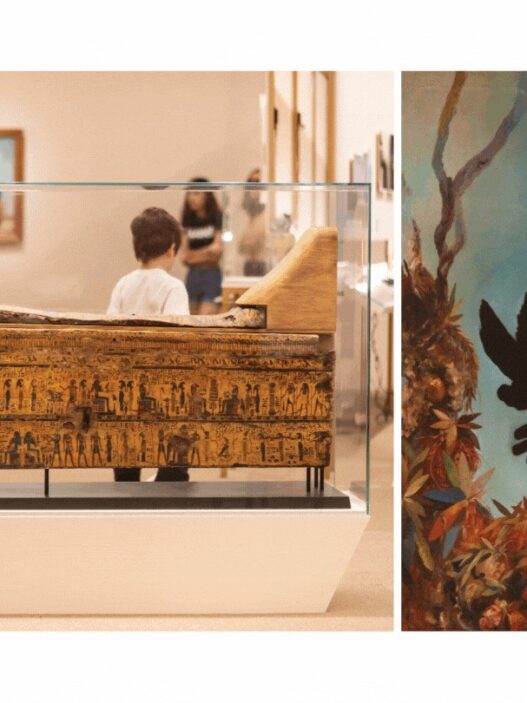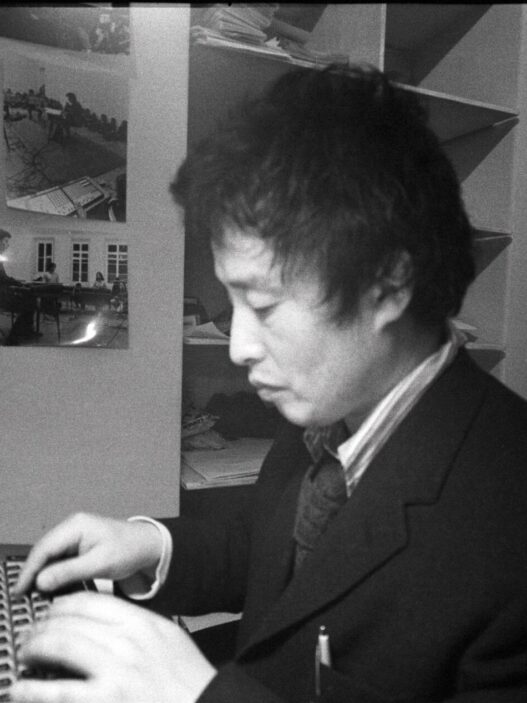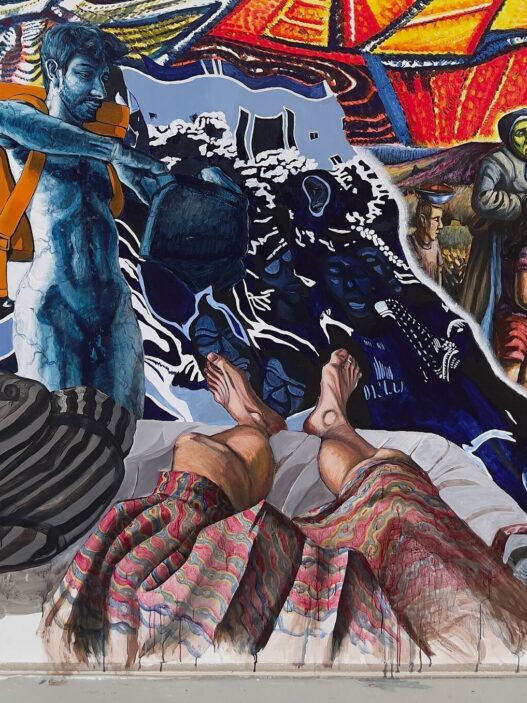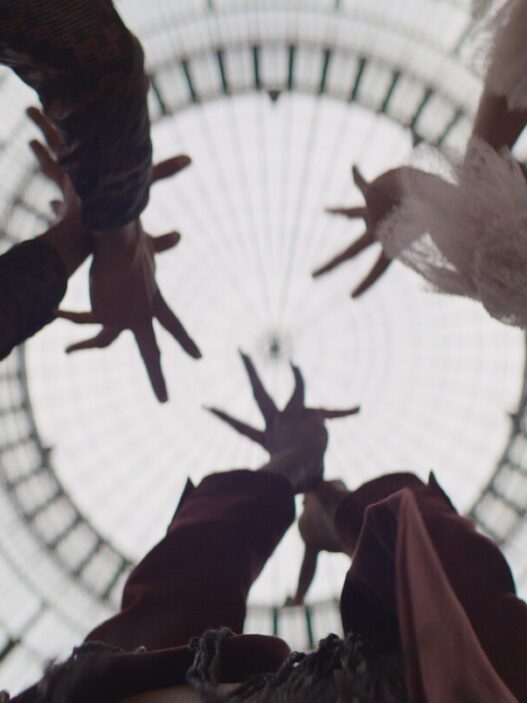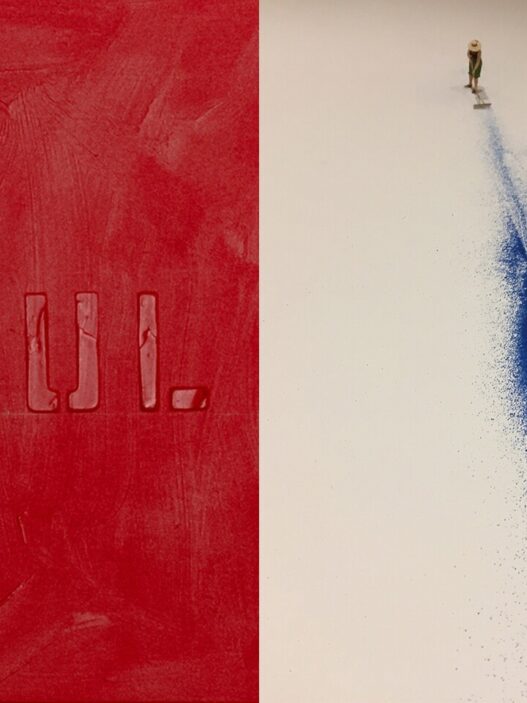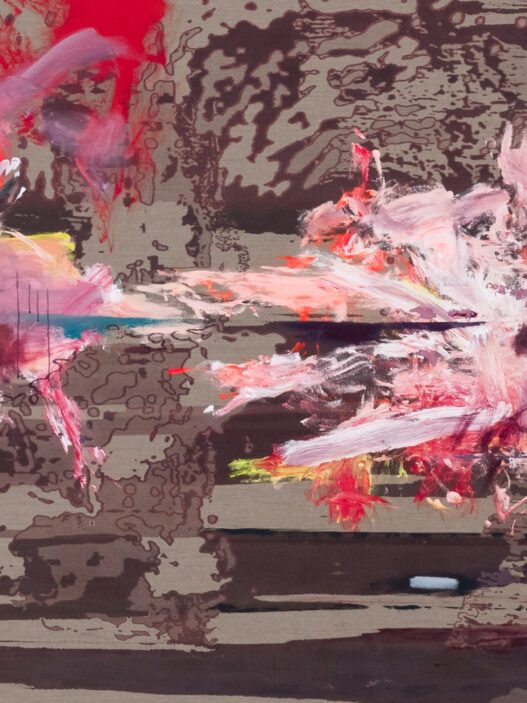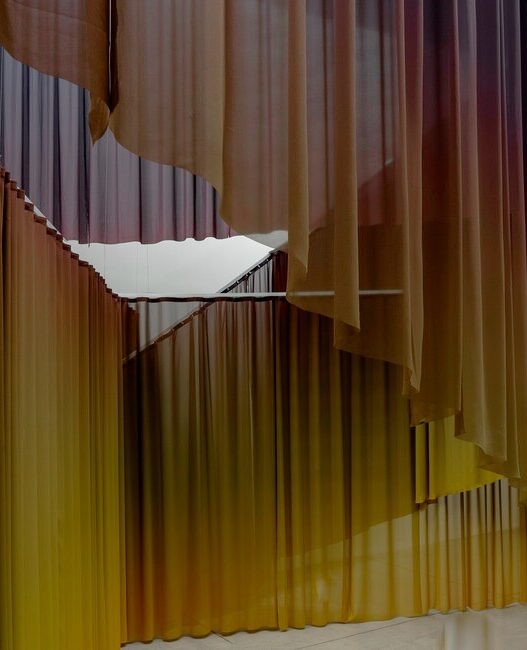October 7, 2022–March 5, 2023
The French-American artist Niki de Saint Phalle is the subject of an exhibition at Les Abattoirs, Musée—Frac Occitanie Toulouse (1930–2002). This exhibition, which includes about 200 works of art, photography, and archive material, will focus on the 1980s and 1990s for the first time.
The Tarot Garden in Italy, Niki de Saint Phalle’s big undertaking, served as the backdrop for these 20 years. She established a completely new aspect of her work during the protracted process of building this colossal ensemble, a place for both art and life, which allowed her to become the project’s benefactress. Despite the fact that Saint Phalle’s renowned Tirs and Nanas and even her association with Nouveau Réalisme helped make her famous in the 1960s, the time has come to look at what has mistakenly been labeled as the “second part” of her career. Even though they are less widely recognized, these years are notable for their freedom, emancipation, diversity in art, social commitment, and new and exceptional business models.
The 1980s and 1990s were also the years spent reiterating this commitment, in particular towards the public. If independence is the word that defines the creation of the Tarot Garden, an all-encompassing artwork combining nature and habitat, begun in 1978, these years were also the years spent doing so. Niki de Saint Phalle worked tirelessly to produce pieces for public spaces throughout her career, from Queen Califia’s Magical Circle in California to the Stravinsky Fountain in front of the Centre Georges Pompidou with Jean Tinguely. The notion of an unmediated interaction with the audience outside of the conventional display area of a gallery or museum inspired the artist. This required bringing art into the public realm and elevating the ordinary into the extraordinary. Niki de Saint Phalle pushed art into everyone’s lives by producing numerous items of furniture and jewelry, as well as silkscreens, inflatable objects, diverse formats of useful, portable, or accessible works, and even a successful perfume introduced in 1982.
She developed early on in her life contemporary and avant-garde feminism ideals and continued to hold these viewpoints with the same inclusive humanism. She was steadfastly loyal to the most oppressed minorities. She was an early advocate of the AIDS sufferers, the black cause, and the fight against global warming. Writing was used extensively to support these private and public concerns, especially in artist books, particularly autobiographical writing. She then gave more weight to words and her distinctive handwriting, whether in drawings, silkscreens, posters, or books, as a result of the freedom of speech that came along with this important creative endeavor.
This dedication to herself, others, and her art was derived from the perspectives of openness, joy, and inclusion—”the joyous life of objects,” as the title of one of the final exhibitions held during her lifetime at the Musée des Arts Décoratifs in Paris in 2001 put it. The motifs and methods that accompanied her over those decades included colorful monsters, mosaic sculptures, animals and Nanas, hearts and skulls, exploded paintings, and animated films, embracing art, nature, and life as well as death. This ambivalent joy and energy, which propelled her forward and contained both sadness and happiness in one vital and liberating incantation, spilled out into her work. This exhibition takes the year 1978 as its starting point, just as Niki de Saint Phalle embarked on her Tarot Garden, and ends in 2002 with the death of the artist.
Curators
Lucia Pesapane and Annabelle Ténèze, assisted by Audrey Palacin
Les Abattoirs
76 allées Charles de Fitte
Les Abattoirs, Musée – Frac Occitanie Toulouse
31300 Toulouse
France
Hours: Wednesday–Sunday 12–6pm,
Thursday 12–8pm
T +33 5 62 48 58 00
lesabattoirs@lesabattoirs.org









